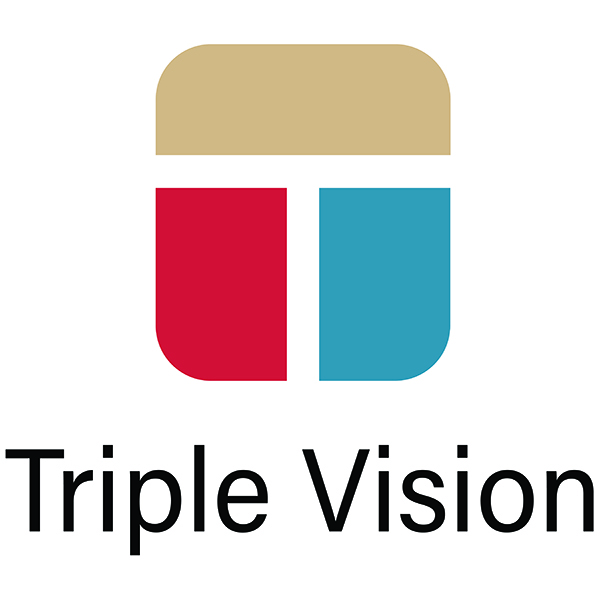Triple Vision
Welcome to Triple Vision, the podcast which recounts the past, present, and future of blindness in Canada, one story at a time. The Triple Vision podcasts began in September 2021 as a way of sharing the history of Canadians who are blind, deafblind, or partially sighted. From the point of view of those who have that lived experience. In our first year, we covered topics ranging from the history of the Canadian National Institute for the blind (CNIB), to colonialism, library services, eugenics, advocacy, education and employment. Recently our team has turned its attention to the theme “Danger of the Single Story” (starting with episode 27) where we explored what happens when others tell the story of a person, or community, when the story-teller is not part of that community.
The team consists of four intrepid individuals who have sight loss and who have lived much of the history that we tell: Charlyn Ayotte, David Best, Peter Field and Karoline Bourdeau. And of course, we acknowledge and remember John Rae (A K A The Penguin) who left us in 2022. His guidance and commitment to the Pandora Project Are missed.
We are always looking for stories to share so if you have a story about blind Canadians which you think should be told, please reach out to us at info@triplevision.team
The intent of this website and Triple Vision podcast is to recount the past, present, and future of blindness in Canada. The views, thoughts, and opinions expressed are the speaker's own and do not represent the views, thoughts, and opinions of the Triple Vision Team, nor its suppliers, partners or sponsors. The material and information presented here is for entertainment and general information purposes only. Triple Vision appreciates that there is a diversity of views to be shared on the topics we cover, and we embrace this diversity.
